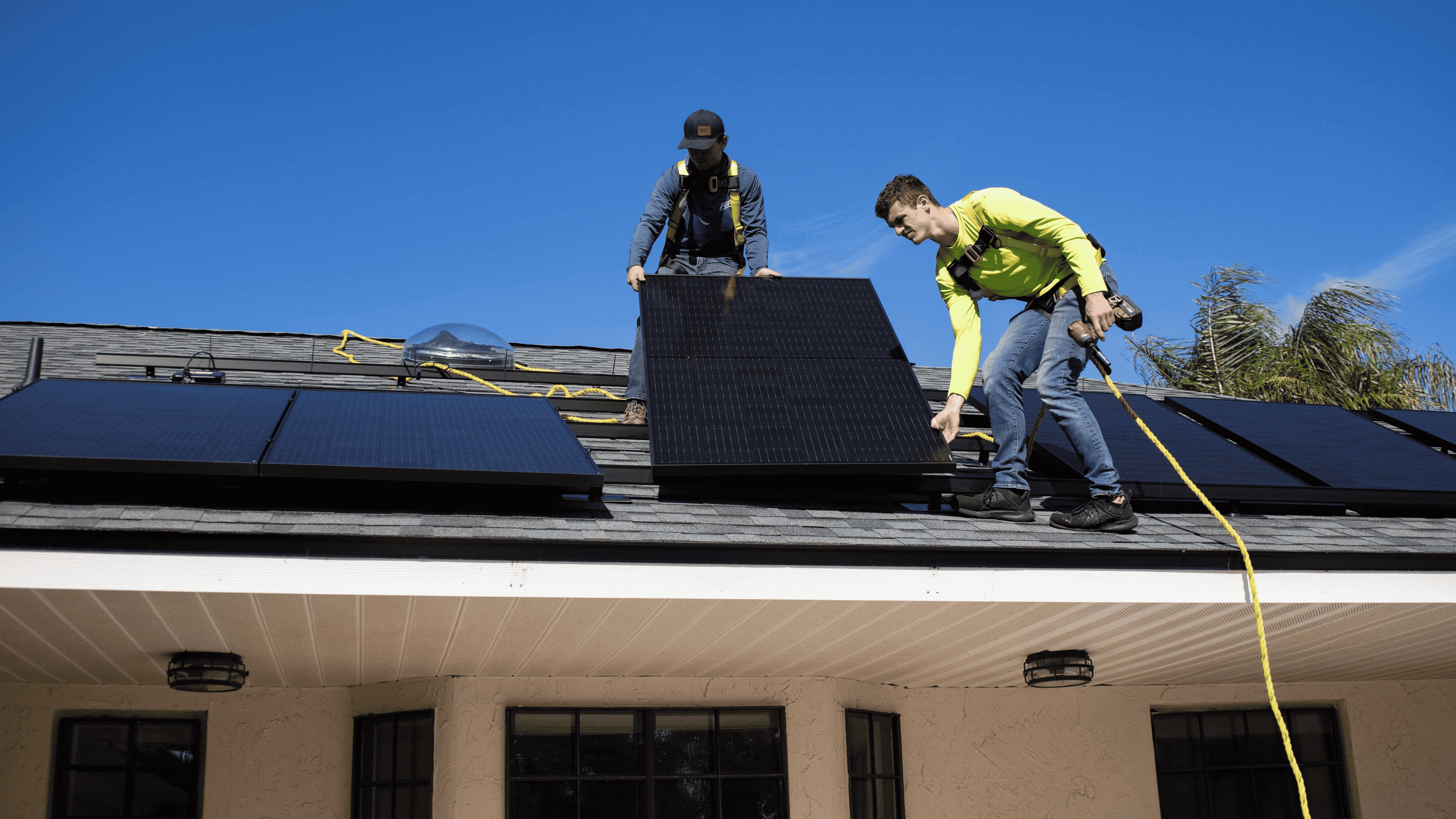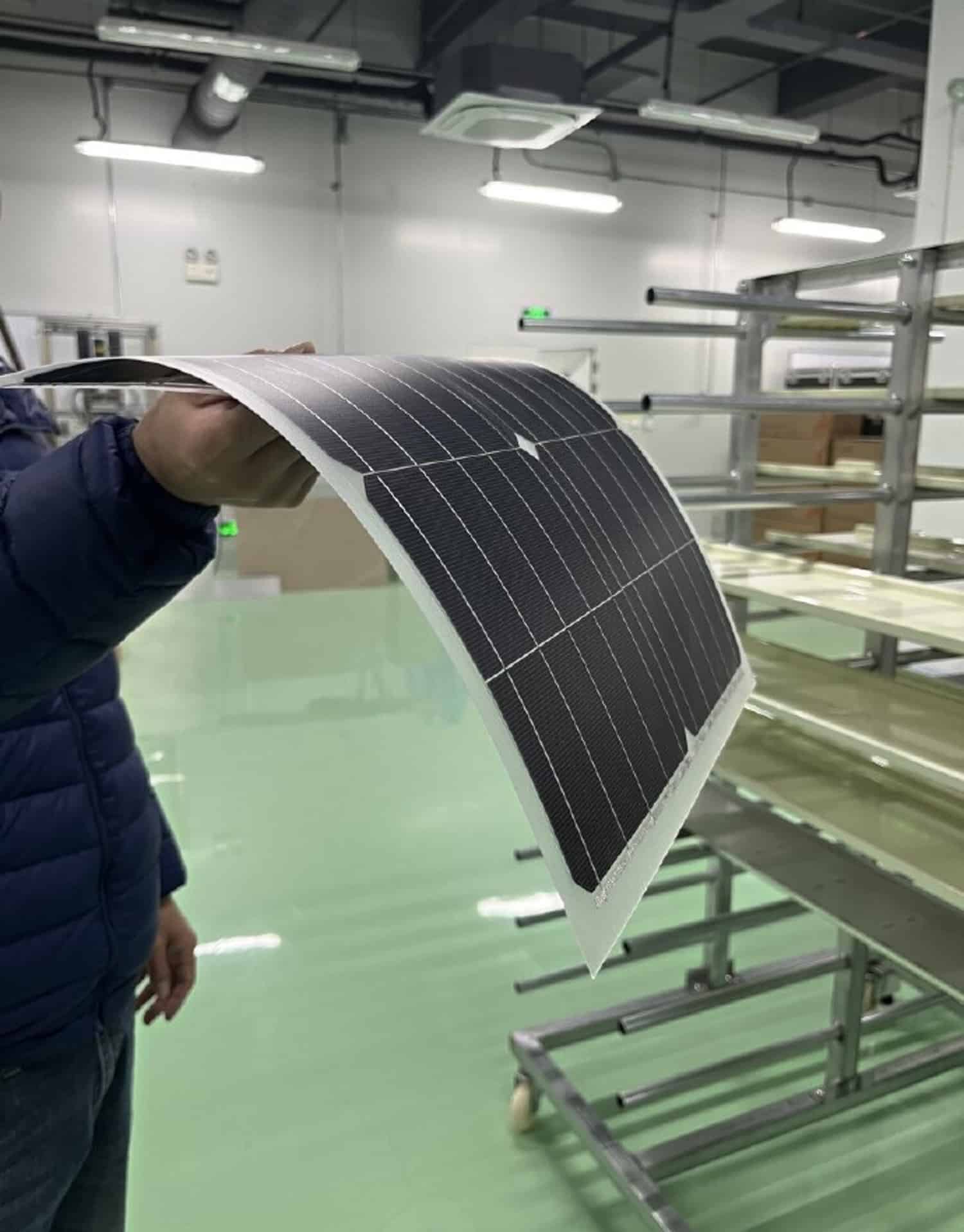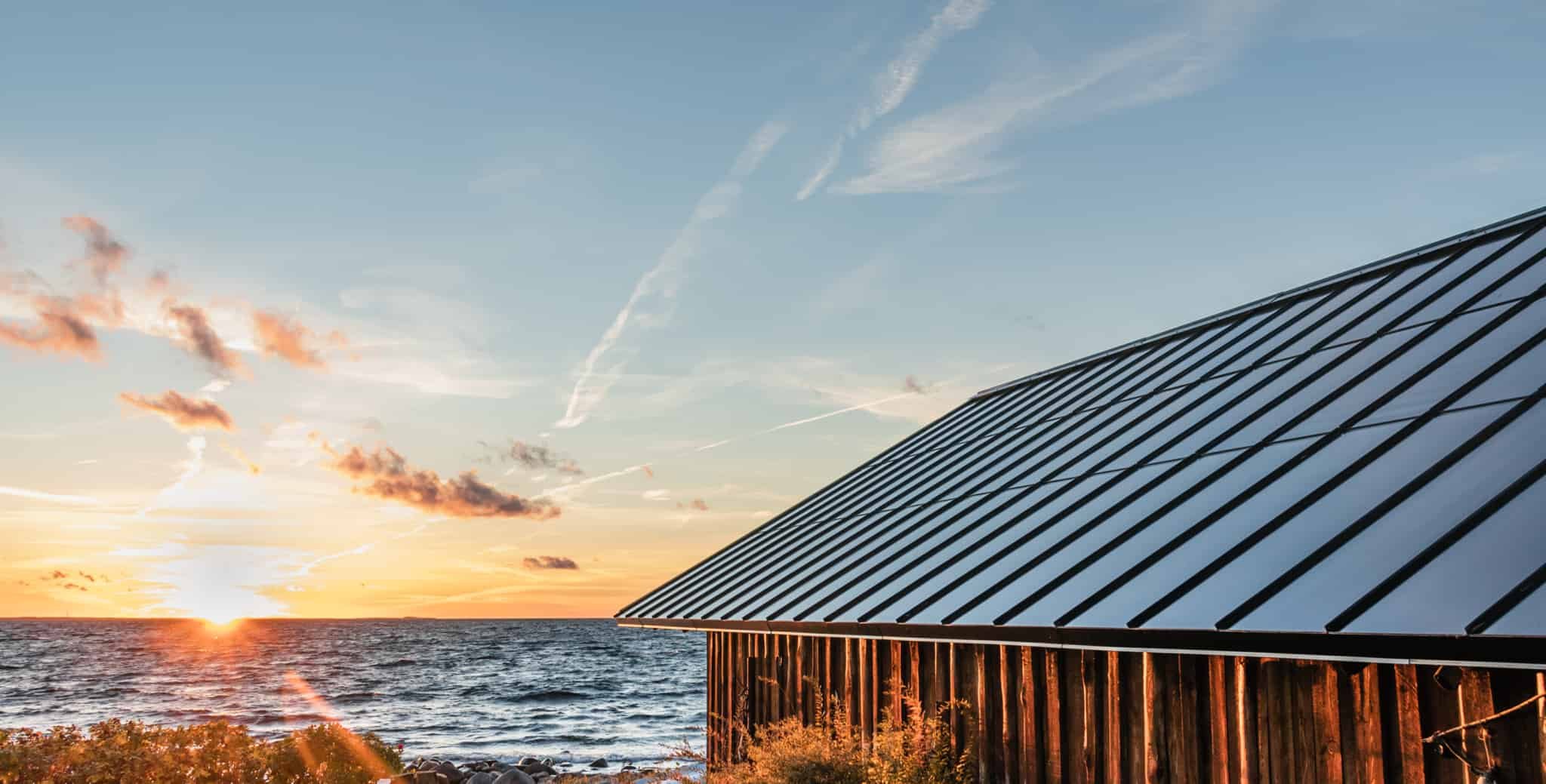
Just 15 years ago, Europe was the undisputed leader in developing and producing photovoltaic products, such as solar cells and solar panels. However, China has now acquired a market share of as much as 75% of solar panels and 85-97% of semi-finished products (‘ingots’, ‘wafers’, and cells) in the PV solar value chain. This reliance on Chinese manufacturing has led to an urgent need to act strategically and sustainably, considering human rights and carbon emissions. But amid these challenges, new technologies and applications offer innovative opportunities for Europe, a report by Invest-NL says.
- Europe, once a leader in solar energy production, now sees China producing 75% of global solar panels.
- However, Europe aims to reduce this dependence and increase local production.
- Challenges persist, including higher production costs in Europe compared to China, but with coherent policies and investments, Europe is poised to set global standards in sustainable solar energy.
In the report, released this month by Invest-NL, Europe’s once-dominant position in solar energy production is under the spotlight. The continent, a pioneer in converting sunlight into electricity, has seen China take the reins, now producing a staggering 75% of all solar panels globally. But as the energy transition gains momentum, Europe is poised to reclaim its position, with the Netherlands leading the charge.
Download the report here (in Dutch)
A necessity
The report concludes that solar energy is not just an alternative but a necessity. With projections indicating that solar energy will cater to 33% of the Netherlands’ energy needs, the demand for photovoltaic (PV) products is set to skyrocket. Europe is expected to witness an annual growth rate of 12-18% in solar energy demand up to 2050.
However, the reliance on China for 75% of PV modules and up to 97% of semi-finished products presents strategic and geopolitical risks. The European Union recognizes this and has set an ambitious target: by 2030, 40% of all new PV installations should be produced within Europe. This means a six-fold increase from today’s production capacity.
The Dutch Solar Renaissance
The Netherlands is not just watching from the sidelines. Recognizing the dual challenges of external dependence and the urgent need for sustainable energy, the country spearheads efforts to revolutionize the solar energy landscape.
The SolarNL plan, a collaborative effort involving 43 companies and 25 institutions, is a testament to this ambition. With a focus on innovative solar cells, integrated PV products, and cutting-edge equipment, the Netherlands aims for a cumulative production capacity of 19 GWp4. This initiative will boost local production and place the Netherlands at the forefront of global solar innovation.
A simple price-competitive model is not a prominent option for Europe, given the low production costs in China and the 38% cost reduction driven by government support in the United States. Therefore, the focus in Europe will be on manufacturing high-quality, high-efficiency, low-carbon solar cell applications. European manufacturers will focus on providing sustainable and efficient solutions, creating new development opportunities. The Netherlands plays a crucial role in this, as it has extensive knowledge of high-quality manufacturing processes that can be used to further develop the solar industry.
Challenges ahead, but Europe is ready
The path to solar dominance is not without challenges. European producers face cost disadvantages, with production costs up to 28% higher than their Chinese counterparts. There’s also a pressing need for substantial capital, long-term vision, and a shift in consumer focus from just price to sustainability and innovation5.
However, the report claims that with coherent policies, substantial investments, and a unified vision, Europe is poised to meet and set global standards in sustainable solar energy production.







